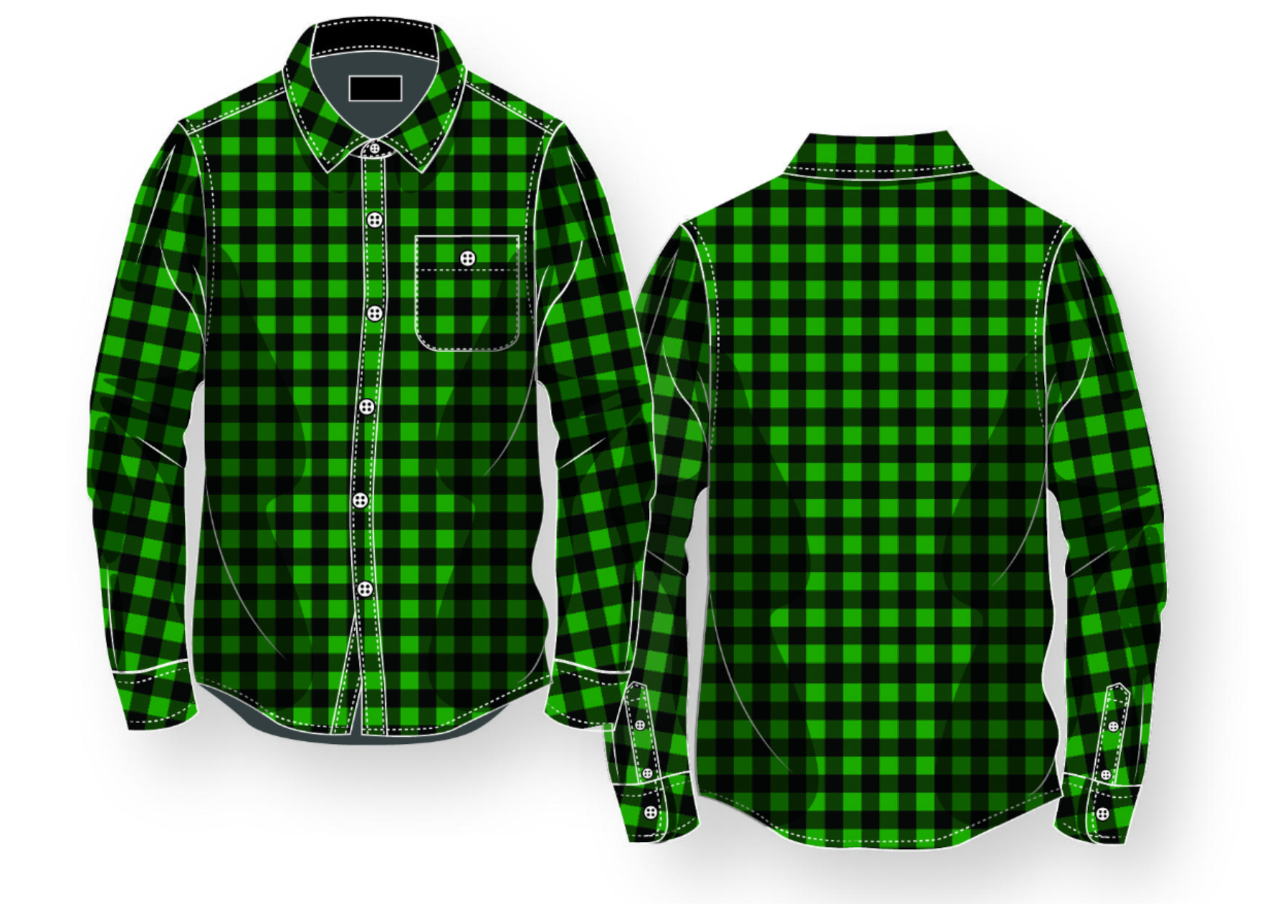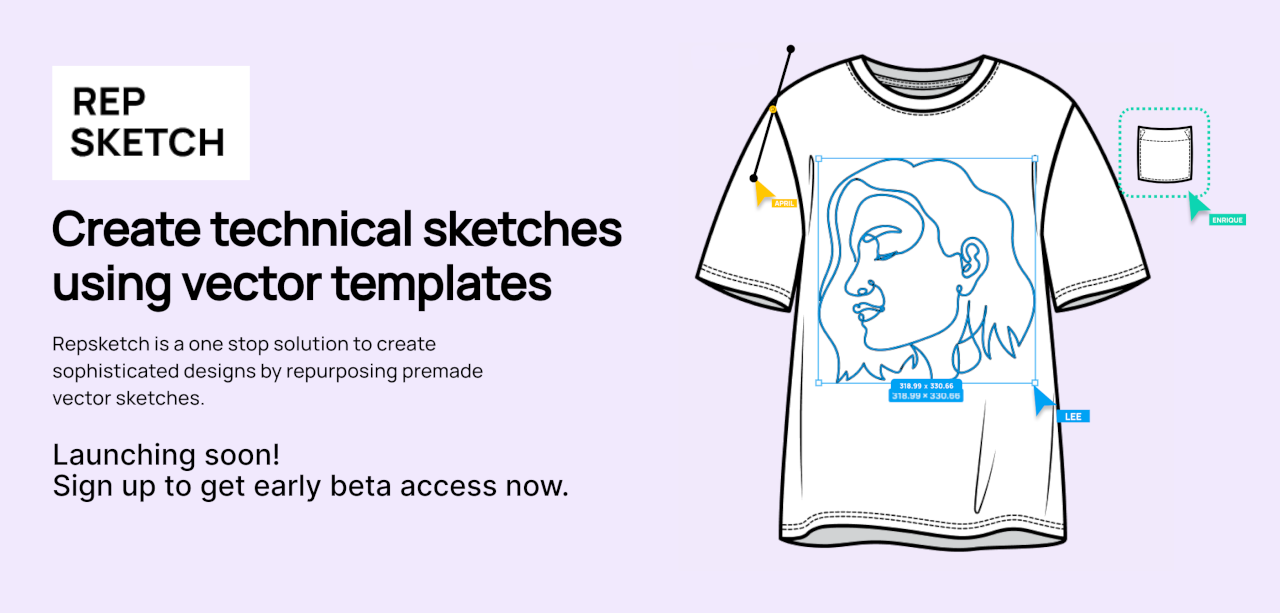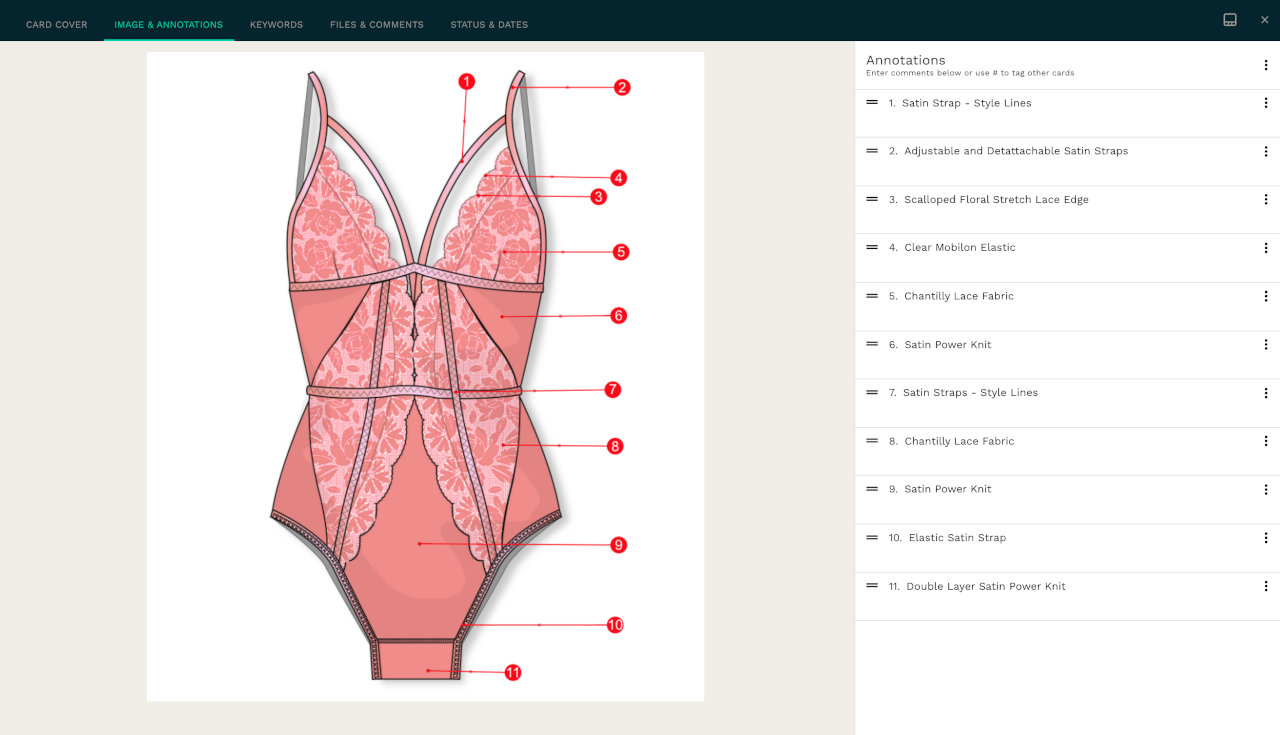How.long Does It.take to Sketch a Fashion Line
Welcome to our crash course in fashion flats! Come and accept a deep swoop into the world of fashion with flat sketches, too known as tech sketches, line drawings, and pattern development sketches (DDS). You'll be an expert past the time you lot're done reading this!
It All Started in The Caves

Since the dawn of man, humans accept sought out ways of communicating, sharing ideas, practices, customs, and beliefs. The scribes, painters, and stone cutters of ancient Egypt (3200 BC—30 BC) were amongst the kickoff "commercial" artists, working equally paid or conscripted artisans for the Egyptian nation-state.
With the development of the mod fashion industry in the 19th century, designers started using technical sketches to communicate their design ideas so teams could work on them.
What's a Flat Sketch?

A flat sketch is a 2-dimensional technical drawing that illustrates a garment with basic solid lines. It'due south like a "pattern" of your fashion design —much like an architect's blueprint for a firm before they tin can begin to construct it.
The word "flat" refers to the fashion that they are drawn: imagine the garment is lying flat on a table so that you are viewing all the details from either the front or the dorsum.
Aside from forepart/back views, some brands will include drawings of details or side views to show how panels travel around the body or how sections of the garment should be constructed.
Why Apartment Sketches are Important

As an essential function of the garment specification sheet or tech pack, they give your blueprint-maker and your manufacturer's sewing teams all the information they demand about the technical components of a piece. How else volition they understand your vision?
Difference Between Flats and Illustrations

A mode illustration captures the mood, proportion, and color of your pattern, information technology'due south more of an interpretation of your thought. Whereas the technical sketch helps translate the garment into something "universal" which a whole team of people tin can sympathise and work on.
A mode illustration is transformed into a technical sketch to create a "pattern" for the pattern and construction of the garment.
Creating Fashion Flats: The Essentials

1) Include multiple views of your garment
Sometimes simply front end/ back views are not enough for a factory to understand your design requirements. Ideally, yous should include side views, inside and other details to show how the garment should exist constructed.
2) Exist as Detailed equally Possible
Develop templates that are detailed and then you tin can use them afterward in other tech packs. Remember that with Techpacker you tin save design details inside cards to be used again as needed.
three) Keep information technology Simple
Add together details as explained higher up but don't overcomplicate things either. Avoid shading and use plain black and white sketches to clearly stand for your pattern.
Liking what you read? Subscribe to our newsletters
How to Create Technical Flat Sketches

Technical flat sketches are usually created in Adobe Illustrator. Although, if you lot are a beginner in this field or looking for a faster editing solution there are other options. Using vector editor like Repsketch you can re-purpose premade templates from a community of peak mode designers. Select from a variety of styles, from tank tops to evening gowns. Easily modify sleeves, neckline, fit, and other design details. Once finished, share a public link of your work or download and add it to your tech pack. Sign upwards to get early beta access here.
Tech Developments to The Rescue!
Tech flats used to exist manus-drawn using rulers and black felt tip pens and indicated the scaling of the original design sample measurements.
Today, nigh brands use Computer-Aided Design (CAD) technologies that enable virtual true to life prototypes, instead of real samples. Withal, CAD technology isn't cheap and has a steep learning bend. This is why most designers prefer Adobe Illustrator to create their flats or using power vector-editors like Repsketch to utilize the pre-made templates.
The Technical Designer

There's actually someone who only specializes in technical flat drawings. In fact, their office should be to link the Design and Production teams. They are essentially the engineers of fashion.
Funnily though, no two Technical Design jobs are always the aforementioned. To learn more about all the things tech designers can do check out this article. The learning opportunities in this field are endless!
Watch ▶︎
Hither's a video from this insightful post past the Academy of Arts, London that nosotros highly recommend for y'all to get on the right rails doing flats!
Interesting Resources
→ Complimentary fashion flats in Adobe Illustrator format and tips on how to create flats
Designer Nexus (You lot demand to sign upwards for gratis offset!)
→ Bank check out this designer who looked into creating a Web-based Design Support System for Fashion Technical Sketches. Her idea was to enable users to design realistic garments in the form of technical sketches over the internet.
What's side by side?

Once you lot have your flat sketches set, it'southward time to add them to your tech packs and send them over to your manufacturers and then they can get started to turn your idea into a product.
In 3 simple steps, Techpacker allows you to add together all your flat sketches as cards, make comments and send PDF-ready tech packs to your manufacturers in the blink of an center!
0 Response to "How.long Does It.take to Sketch a Fashion Line"
Post a Comment